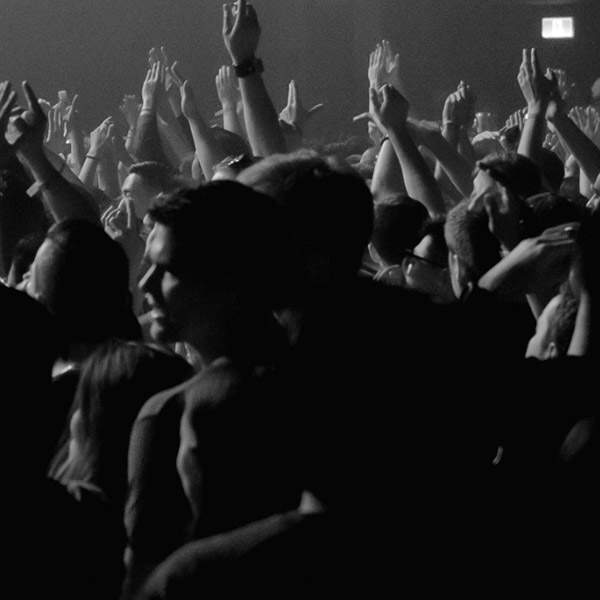If Diddy Is Convicted, How Much Prison Time Is He Facing?
As jury deliberations get underway in the racketeering and sex-trafficking trial of Sean “Diddy” Combs, you may be wondering what kind of prison time he’s facing if convicted. The answer, it turns out, is a bit complicated.
There are a few different scenarios for Combs’ potential penalties depending on how the jury, which began deliberating in secret on Monday morning (June 30), decides the case. Combs is facing five charges: one count of racketeering, two counts of sex trafficking and two counts of interstate prostitution.
Each charge has its own sentencing minimum and maximum. And to make things even more complex, the maximum sentence for racketeering conspiracy changes depends on what underlying crimes Combs allegedly committed with his associates.
Here, Billboard breaks down what kind of prison time Combs would face in each scenario.
Scenario 1: No prison on the table
The simplest option is that Combs is acquitted of all the charges against him. In that case, he’d face no sentencing and would immediately be freed from the pretrial detention center where he’s been in custody since his September 2024 arrest.
Prosecutors only get one shot trying each criminal charge — a legal principle known as double jeopardy — and they can’t appeal an acquittal. That means Combs would officially be out of the woods on all of the counts brought against him here, though prosecutors at the federal or state level could try to charge him with different crimes.
Scenario 2: 15 years to life
Combs faces the most severe potential prison time if he’s convicted of sex trafficking. That’s because the crime carries a mandatory minimum prison term of 15 years and a maximum of life in prison.
To find Combs guilty of sex trafficking, the jury would need to determine beyond a reasonable doubt that the rapper used violence, money and blackmail to coerce singer Cassie Ventura and an anonymous woman known as “Jane” to have sex with escorts during dayslong hotel parties called “freak-offs.”
Ventura and Jane both spent multiple days on the witness stand recounting the alleged abuse, and jurors saw a now-infamous surveillance video of Combs kicking Ventura in a hotel hallway and then dragging her by the hair to a room where a freak-off was happening.
Combs’ lawyers, meanwhile, argued throughout the trial that Ventura and Jane were “swingers” rather than sex-trafficking victims. They said that while Combs may have engaged in some regrettable domestic violence, both women’s text messages conveying enthusiasm for the freak-offs demonstrate that they consented to these sex parties.
Scenario 3: Zero to 20 years
There is the possibility that Combs will be acquitted of sex trafficking but convicted of racketeering with two different underlying crimes. In this scenario, jurors could find that Combs did operate a syndicate as defined by the Racketeer Influenced and Corrupt Organizations Act — the federal “RICO” statute often deployed against mobsters and cartels — but that the crimes committed by Combs and his underlings were unrelated to the freak-offs.
Possible underlying crimes that the jury could use to convict Combs of RICO without sex-trafficking include bribery, drug-dealing and arson. The last option relates to allegations that Combs set Kid Cudi’s car on fire in 2012, when Cudi was dating Ventura.
In this case, Combs would be subject to no mandatory minimum and a maximum of 20 years in prison. The same potential sentencing range would also apply if Combs gets acquitted of both sex-trafficking and RICO, but convicted on the two charged counts of transporting sex workers across state lines for the freak-offs.
Scenario 4: Zero to 40 years
This one is just about math. If Combs is acquitted of sex trafficking but convicted on both the RICO charge and the interstate prostitution counts, you add up the zero to 20 years he faces for each and get to zero to 40. Once again, there would be no mandatory minimum in this case.
A grain of salt
Remember that sentencing maximums are just that: maximums. Even when a criminal defendant faces a lengthy potential prison term, judges have discretion and often don’t impose the maximum sentence.
Judges typically base their sentencing decisions on what are called guidelines: a nonbinding, suggested range calculated by the U.S. Probation Department by taking into consideration factors like the seriousness of an offense and a defendant’s criminal history. If Combs is convicted, there will be a months-long process where he’s interviewed by Probation and both sides get their chance to weigh in on the guidelines range before sentencing.
Rachel Scharf
Billboard









